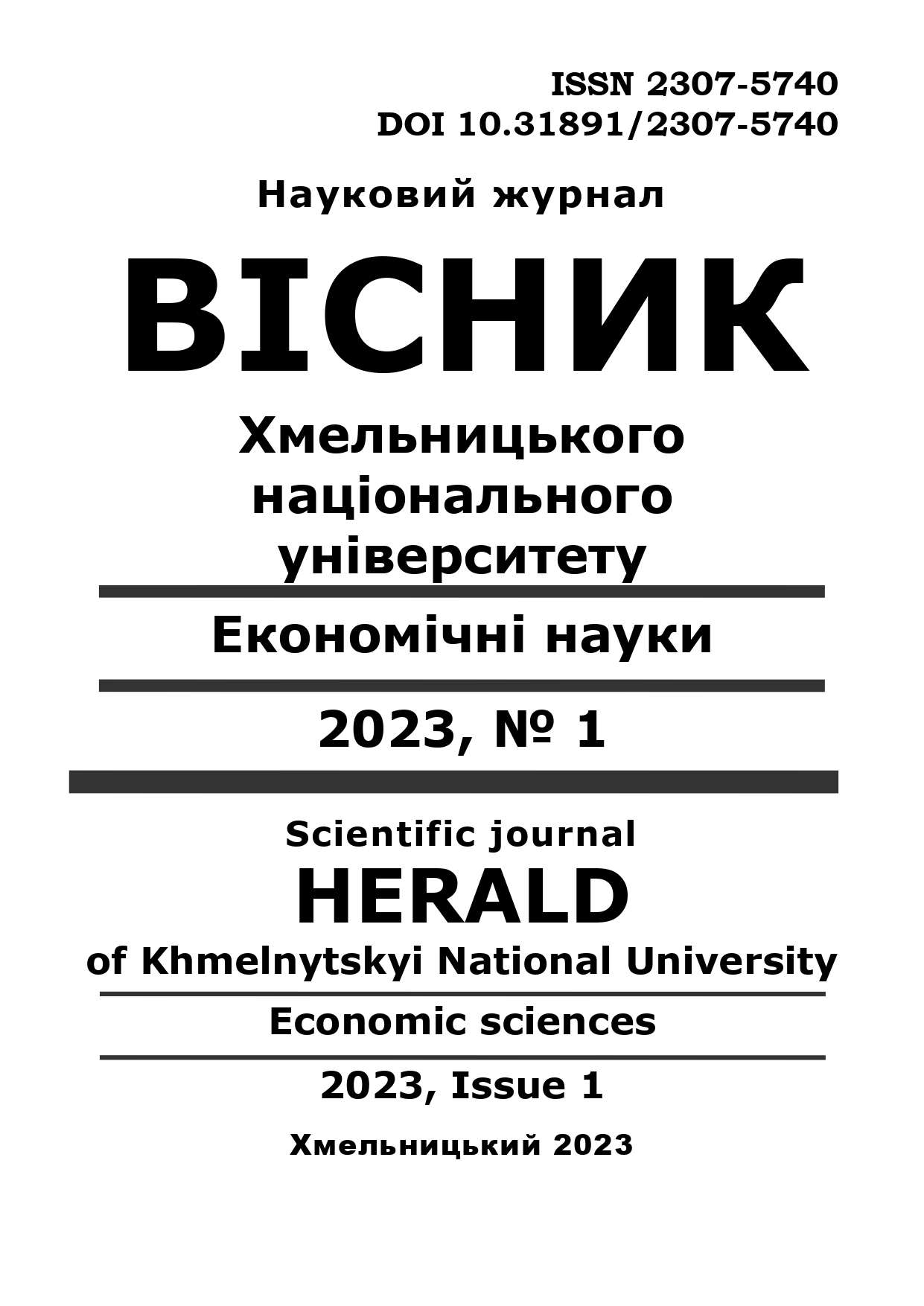LEVEL APPROACHES TO THE INTERPRETATION OF THE CONCEPT OF ECONOMIC POTENTIAL
DOI:
https://doi.org/10.31891/2307-5740-2023-314-1-14Keywords:
economic potential, economic potential of a country, economic potential of a region, economic potential of an enterprise, level approaches to economic potentialAbstract
The article analyzes such a concept as "economic potential", which is the aggregate ability of a country, region, and enterprise to carry out its production and economic activities, to meet the needs of the population, to develop production, etc. With regard to the category of economic potential, an analysis of modern scientific literature shows the multidimensionality of this concept. It is worth noting that when studying economic potential, it should be considered as the present and future ability to create the maximum amount of material goods, taking into account specific resource constraints, and the balance of labor and material resources.
Given the study, the author identifies the main four level approaches to the interpretation of economic potential: mega-level, macro-level, meta-level, micro-level. It is noted that at the mega-level the functioning of the country's economic potential takes place; the macro-level requires the formation of economic potential at the regional level; the meta-level studies the functioning of the sectoral or territorial economic mechanism; the micro-level allocates the economic potential of an enterprise. The author characterizes the essence of each of the levels and the relationship between them, which is quite important for the development of the country's economy. Thus, summarizing scientific views, some researchers tend to believe that from a methodological point of view, economic potential is an integral sum of lower-level potentials, each of which characterizes the quality of a particular resource or opportunity.
Based on the analysis, the article proves the importance of analyzing and structuring the essence of economic potential. The economic potential begins to be formed at the enterprise level, ensuring the creation of the economic potential of the region, and in turn, the country. At the same time, it is worth noting that quite often the highest hierarchical level (country) creates barriers to the development of lower levels. Therefore, there is a need to create a toolkit of regulations and budgetary instruments that could activate economic potential at all levels and not limit the possibility of its use.


